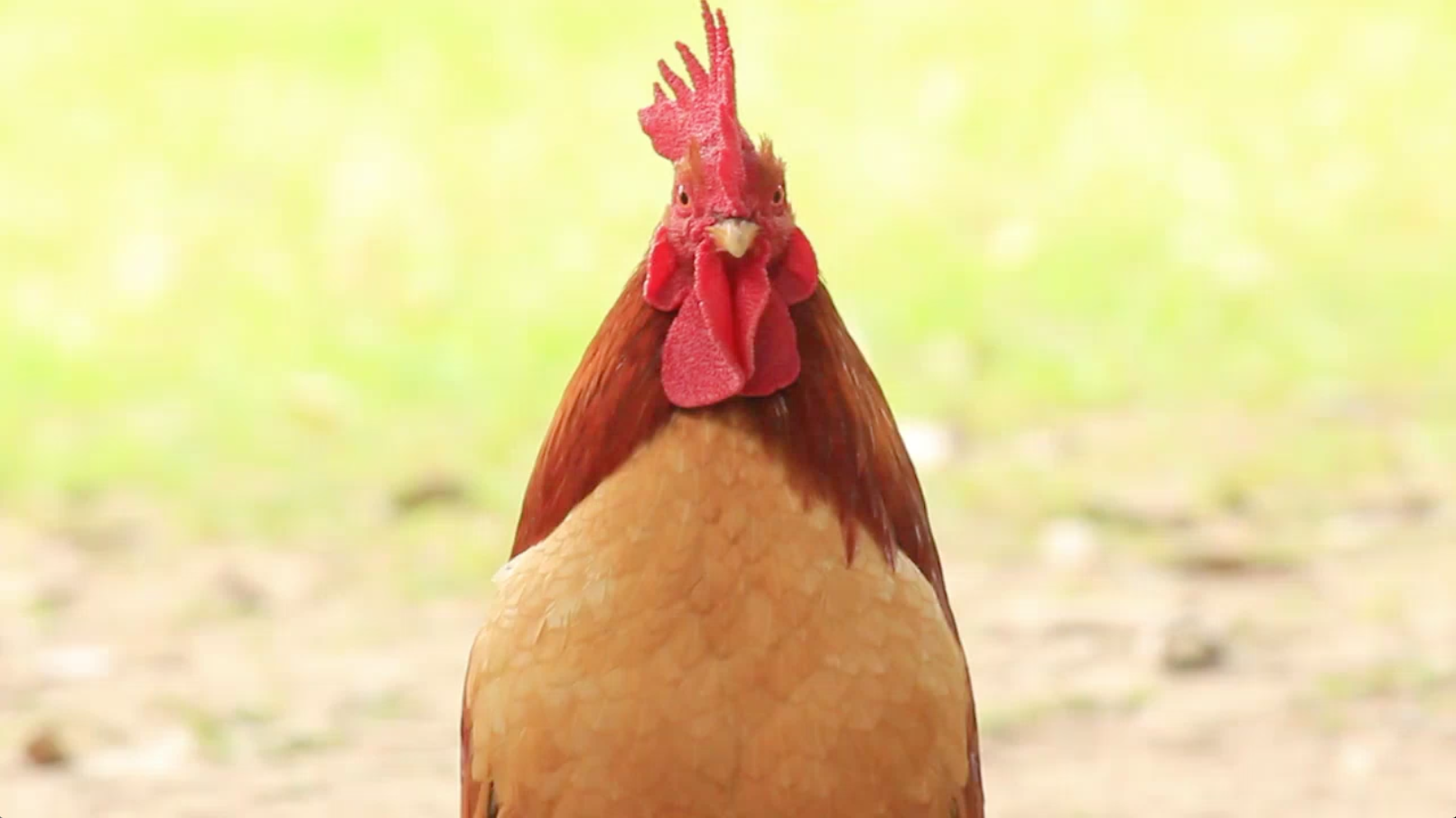Frequently Asked Questions
We get a lot of questions about our chicken coops when people are considering a new coop for their backyard. Here, we've compiled the most frequently asked chicken coop questions and answers in case you have the same wonderings.
If you have additional questions, please feel free to contact us - we're real people and always ready to help!
Our coops are designed from the ground up for strength along with good looks. Take a look at the construction details of our coops and compare them to the look-alikes on the internet. Our chicken coops are heavy - averaging 80 lbs per box shipped. We have rust-proof heavy duty black hardware and carabiners, heavy gauge wire mesh on all the run extensions as well as the doors and windows. Our chicken coops have structural support under each nesting box. Other look-alikes have stripped many features to reduce the cost, including leaving the nesting boxes hanging out in the air. Wind, weather, and gravity will cause their nesting boxes to sag and ultimately fail - it just has to. Ours will not fail because they are supported and give extra space in the run for your chickens. In addition, we use FLASHING to prevent rain from getting into the nesting boxes. The windows on our coops are NOT sliding but rather a heavy duty pop up window that is designed to lock open or to clock closed. This design is far superior to the wooden sliding windows which warp and become difficult to use within a few short months. The difference is in the details so look carefully at our coop features as you compare them with others. We appreciate it!
We put a nice thorough base coat of water-based stain on your coop. This allows you to paint or stain your coop the color you want. Our coops are wood and therefore need to be maintained over time. We recommend re-staining your coop every six months.
If you like the color of the base coat and want to apply a stain of the same color we recommend redwood. The best stain we have found is made by BEHR and it is waterproofing and seals the wood really well.
Our coops are designed to withstand wind, and the run extending under the nesting boxes ensures a more stable foundation. We recommend securing your coop to the ground using stakes or a base. Also, make sure the ground is level - this will help ensure a heavy wind doesn't affect the coop's stability.
Make sure that the waterer doesn't freeze as the chickens still need water. You can place a blanket on the outside of the coop for extra insulation (some of our families use the U-haul moving blankets). You can also use a tarp. Another common way to battle the colder temperatures is to put a corrugated plastic insert in each panel over the mesh. Heat lamps and heat pads are a great way to heat up the hen house or run as well. A ceramic pot or cinder block with a heat lamp inside also helps collect the heat from the lamp and radiate it better throughout the coop.
Our coops have multiple vents in the hen house, this air flow helps keep your girls healthy and reduces the temperature in the hen house. You can spray the ground with water and this will reduce their body temperature too. Sometimes we will give our girls frozen corn or something from the fridge to cool them down =) Most importantly, make sure you keep the waterer clean and full at all times.
We recommend you place the coop in the highest area of your property if you expect standing water. Remember, chicken coops are made of wood, and standing water is the enemy. You will need to plan to maintain your coop re-staining every six months to a year... Spring is a great time to do this. Keeping the wood finish on your coop will make it last for many years.
Dry weather isn't as hard on the chicken coop, but the sun itself will cause the color to fade over time. Just make sure to reapply the wood finish whenever the wood looks like it needs it to keep the wood fresh and strong. Also, make sure you keep your waterer clean and filled. In the summer or hot/dry weather, your chickens will go through water much faster. For the first few weeks, keep a watch on the waterer to gauge how fast your chickens go through the water, that way you can create a schedule and rest assured they have plenty of water between visits to your coop.
Absolutely, the best type is the kind you can place under the coop and remove after moving. Keeping the coop flush with the ground is essential to protect against predators. You can definitely move it though without wheels!
Absolutely! When you choose your paint color be sure that you choose a exterior paint. Also, let the pain cure for at least a day before moving your girls back in (if possible). As with any outdoor wooden furniture piece, you will need to maintain your coop. Depending on the weather conditions, you will want to paint/lacquer the coop as well as tighten screws, etc. every 4-6 months.



